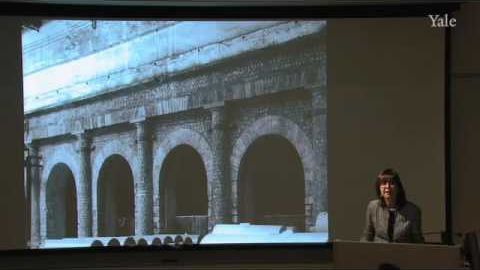
Subtitles & vocabulary
3. Technology and Revolution in Roman Architecture
00
Sofi posted on 2014/12/24Save
Video vocabulary
structure
US /ˈstrʌk.tʃɚ/
・
UK /ˈstrʌk.tʃə/
- Noun (Countable/Uncountable)
- The way in which the parts of a system or object are arranged or organized, or a system arranged in this way
- A building or other man-made object.
- Transitive Verb
- To plan, organize, or arrange the parts of something
A2TOEIC
More today
US /təˈde/
・
UK /tə'deɪ/
- Noun
- This day; day that is happening now
- Adverb
- On this day; at the time that is happening now
A1
More century
US /ˈsɛntʃəri/
・
UK /'sentʃərɪ/
- Noun (Countable/Uncountable)
- Period of 100 years
- In cricket, a score of 100 or more runs in a single innings by a batter.
A1
More concrete
US /kɑnˈkrit, kɑŋ-, ˈkɑnˌkrit, ˈkɑŋ-/
・
UK /'kɒŋkri:t/
- Uncountable Noun
- Hard building material made of cement, sand, water
- Transitive Verb
- To cover or make with a hard grey building material
- To lay or cover with concrete.
B1
More Use Energy
Unlock All Vocabulary
Unlock pronunciation, explanations, and filters
